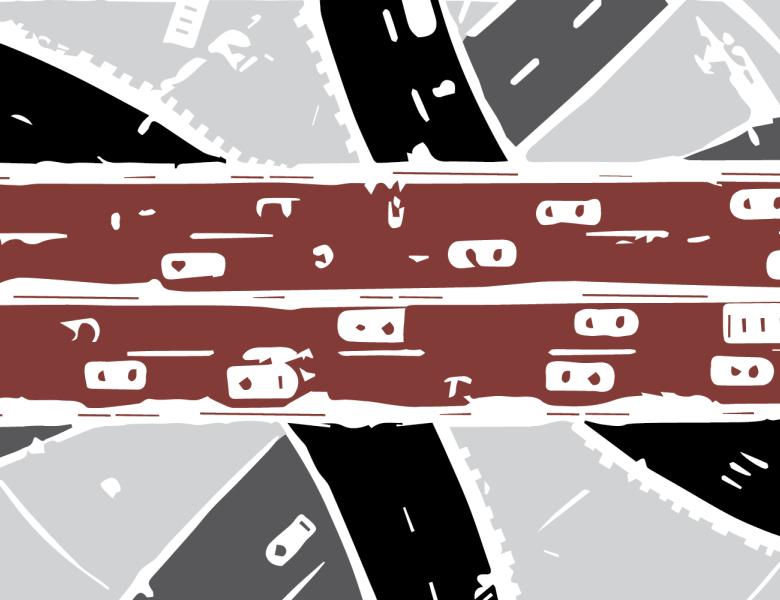
Abstract
Bike-sharing systems are changing the urban transportation landscape; for example, New York launched the largest bike-sharing system in North America in May 2013, with individual trips exceeding 15 million rides in 2017. We have worked with Citibike, using analytics and optimization to change how they manage the system. Huge rush-hour usage imbalances the system - we answer the following two questions: where should bikes be at the start of a day and how can we mitigate the imbalances that develop?
We will survey the analytics we have employed for the former question, where we developed an approach based on continuous-time Markov chains combined with integer programming models to compute daily stocking levels for the bikes, as well as methods employed for optimizing the capacity of the stations. For the question of mitigating the imbalances that result, we will describe both heuristic methods and approximation algorithms that guide both mid-rush hour and overnight rebalancing, the positioning of corrals, which have been one of the most effective means of creating adaptive capacity in the system. More recently, we have guided the development of Bike Angels, a program to incentivize users to make “rebalancing rides”, and we will describe its underlying analytics. We will also discuss a number of significant challenges that remain as these systems evolve.
This is joint work with Daniel Freund, Shane Henderson, & Eoin O’Mahony, as well as Hangil Chung, Aaron Ferber, Nanjing Jian, Ashkan Nourozi-Fard, and Alice Paul.


